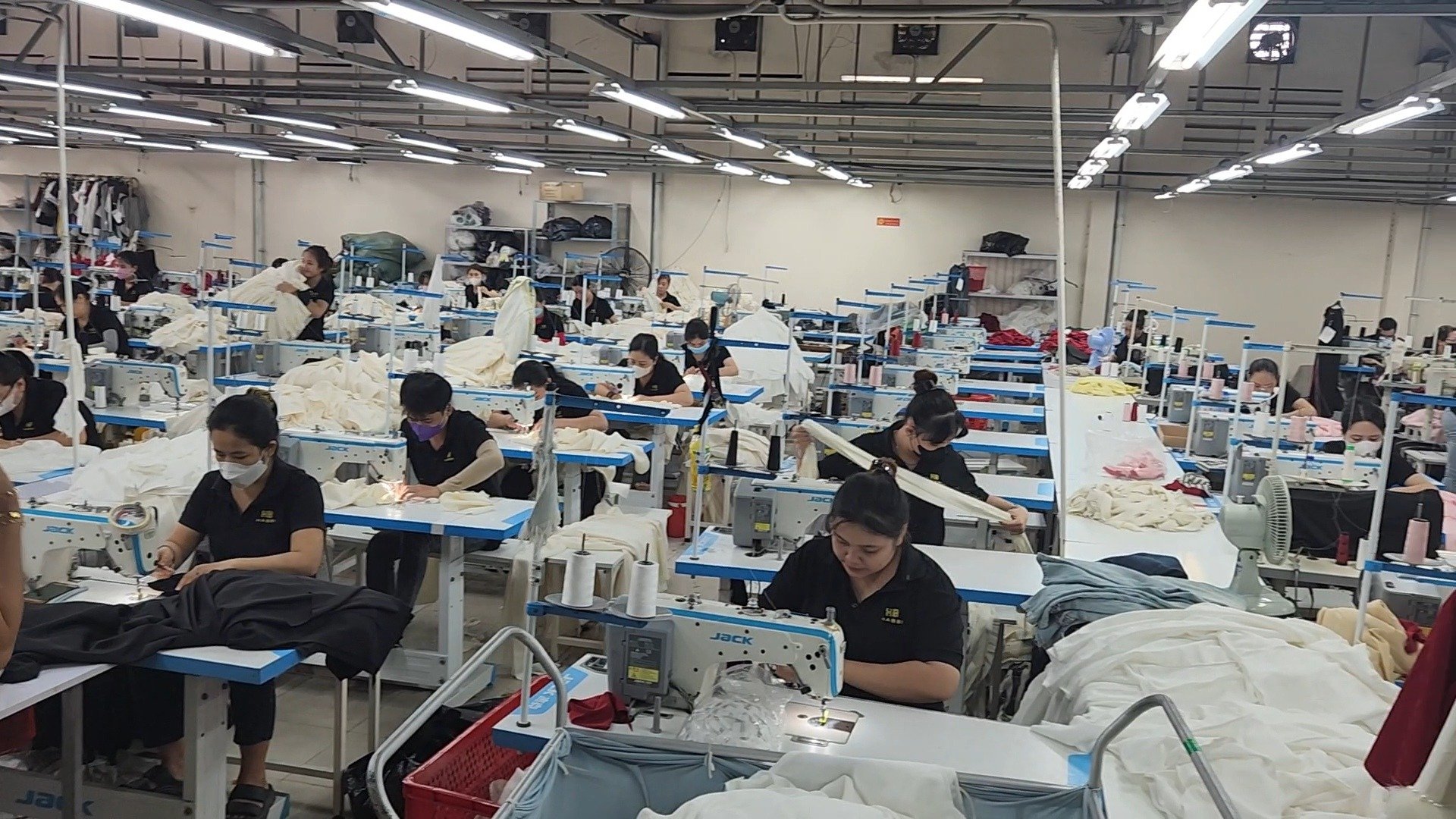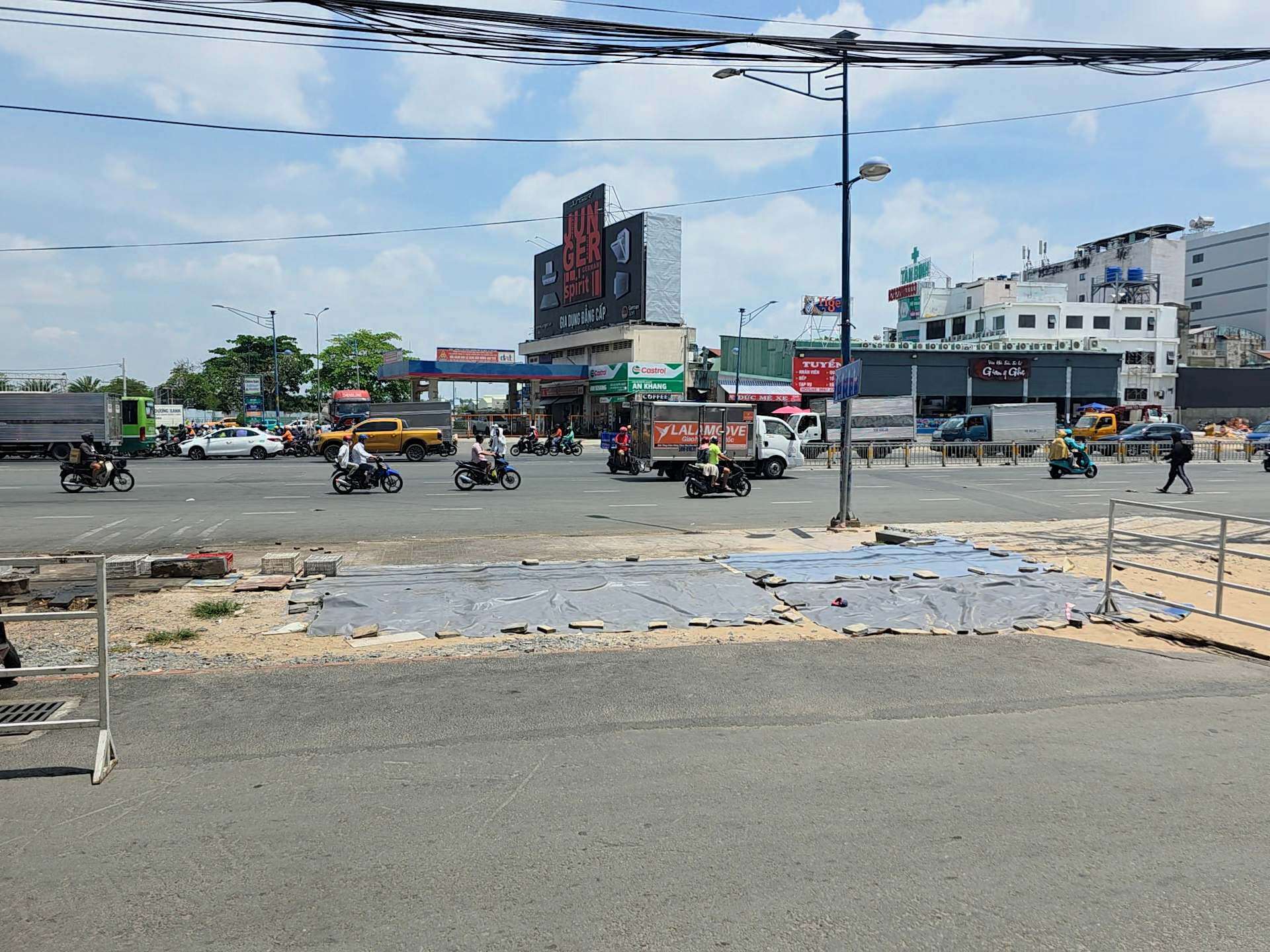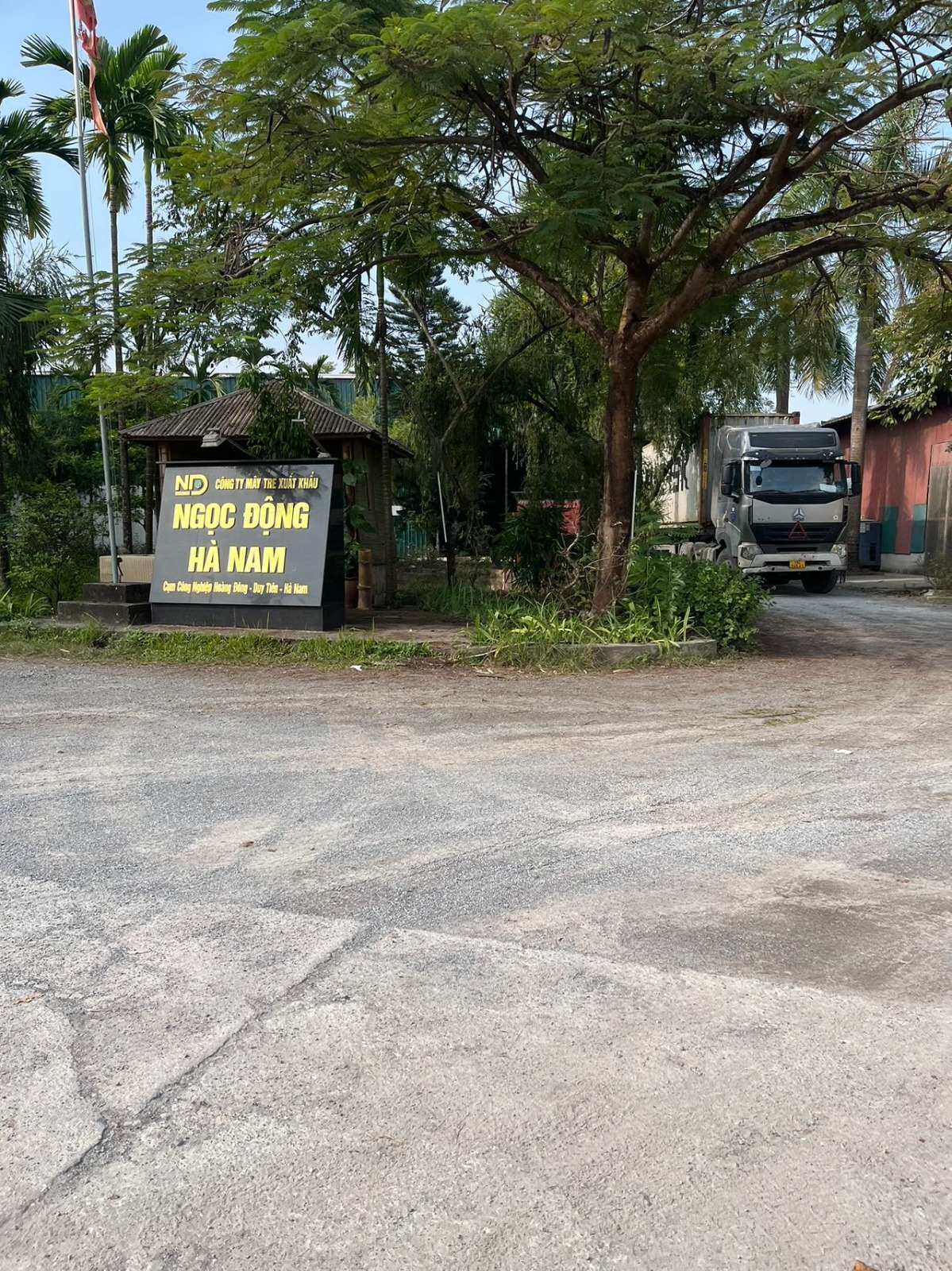Navigating the New Manufacturing Landscape: Diversifying Beyond China Amid Global Shift
The manufacturing sector is undergoing a transformative shift. Global businesses that once relied heavily on China for production are now confronting a host of challenges, from geopolitical tensions and evolving trade policies to increasing production costs. These factors, coupled with the rise of alternative manufacturing hubs in Asia, are reshaping the global supply chain landscape, making diversification not just a strategic move but a critical necessity.
The Geopolitical Landscape: Rising Risks
Global trade dynamics are increasingly influenced by the political standoff between the United States and China. Recent developments have added fuel to the fire:
U.S. Tariffs on Chinese Goods:
Former President Donald Trump, now President-elect, has pledged to reimpose tariffs on Chinese imports, with plans to implement a 10% tariff on all goods and a 25% tariff on selected items from neighboring regions. His rationale includes addressing trade deficits, safeguarding intellectual property, and penalizing nations for policies detrimental to U.S. interests. These measures significantly impact businesses that depend on low-cost production in China. (Politico)
China's Retaliation with Export Controls:
In a strategic countermeasure, China has banned exports of critical minerals, including gallium, germanium, and antimony, to the U.S. These elements are vital for semiconductor manufacturing, renewable energy technologies, and defense applications. This restriction signals China’s leverage in controlling key supply chains. (AP News)
Global Supply Chain Dependencies:
The Russia-Ukraine war and its ripple effects on global trade have compounded the need for diversified manufacturing. Key supply routes are disrupted, and businesses face rising transportation costs.
China’s Changing Economic Landscape
China's internal economic challenges add another layer of complexity. For decades, China enjoyed the reputation of being the “world’s factory,” with low production costs and unparalleled infrastructure. However, recent trends are eroding this advantage:
Rising Labor Costs:
The average manufacturing wage in China has surged over the past decade, significantly narrowing the cost gap with competing markets like Vietnam and India.
Economic Slowdown:
Major corporations like General Motors and Apple are reassessing their operations in China. GM recently reported a $5 billion charge against its Chinese operations due to declining profitability. (The Times)
Stringent Regulations and Compliance Costs:
Stricter environmental and safety regulations in China are driving up operational costs for manufacturers.
Emerging Asian Manufacturing Hubs
While challenges mount in China, countries across Asia are stepping into the spotlight as viable alternatives. These emerging hubs offer diverse benefits tailored to specific industries:
India – A Rising Tech and Manufacturing Giant:
India’s government has launched initiatives like "Make in India" to attract global manufacturers. Companies like Apple and Samsung have invested heavily in setting up production facilities in India, leveraging its skilled workforce and competitive labor costs. Additionally, India’s large domestic market offers added incentives for businesses. (Wired)
Vietnam – The New Electronics Powerhouse:
Vietnam has become a key player in electronics and textiles, with global brands like Nike and Samsung establishing significant operations. Its proximity to China makes it a strategic choice for businesses transitioning their supply chains without disrupting existing logistics networks.
Bangladesh – A Leader in Textiles:
Bangladesh’s garment manufacturing sector remains a cost-effective alternative, particularly for brands focusing on fast fashion.
Indonesia – Growing Infrastructure and Labor Pool:
With its vast workforce and improving infrastructure, Indonesia is quickly emerging as a preferred destination for diversified manufacturing.
Challenges in Manufacturing Diversification
Transitioning operations from China to other hubs is not without hurdles. Businesses must navigate:
Supplier Relationships:
Trust and transparency with new suppliers require diligent vetting and ongoing monitoring.
Quality Assurance:
Maintaining consistent product quality during the transition demands robust inspection protocols.
Legal and Cultural Barriers:
Each market has unique regulatory frameworks and cultural nuances that can complicate operations.
Infrastructure Readiness:
While many emerging hubs are improving their capabilities, gaps in logistics and infrastructure may still present challenges.
Strategic Steps for Successful Diversification
To ensure a smooth transition, businesses must adopt a strategic approach:
Conduct Supply Chain Mapping:
Understand the complete production process, from sourcing raw materials to final delivery, to identify areas for improvement and opportunities for relocation.
Strengthen Legal Protections:
Secure intellectual property rights and draft robust local contracts to protect business interests in new markets.
Partner with Local Experts:
Collaborating with on-the-ground teams ensures cultural alignment, smoother negotiations, and better supplier management.
Adopt a Multi-Hub Strategy:
Distribute manufacturing across several countries to mitigate risks and build resilience into your supply chain.
How Asia Agent Pte Ltd Can Help
Asia Agent Pte Ltd specializes in navigating the complexities of supply chain diversification. Here’s how we empower businesses:
Local Expertise in Key Hubs:
With offices across Vietnam, India, Bangladesh, Indonesia, and China, we provide clients with direct factory access and on-the-ground support.
End-to-End Support:
From supplier vetting and legal contracting to quality inspections and logistical coordination, our services cover every aspect of the manufacturing journey.
Connected Hubs for Seamless Operations:
Our network allows clients to source missing components from multiple hubs, ensuring uninterrupted production.
Transparent Pricing:
Clients pay a straightforward monthly fee, gaining access to a dedicated team and local office support, with no hidden costs.
Conclusion:
The time to act is now. Geopolitical tensions, rising costs, and economic uncertainties in China are accelerating the need for supply chain diversification. By embracing emerging markets in Asia, businesses can reduce costs, enhance resilience, and ensure long-term sustainability.
Asia Agent Pte Ltd stands ready to guide you through this transition, providing the expertise and resources needed to navigate this new manufacturing landscape. Let us help you future-proof your supply chain and unlock the opportunities Asia has to offer.




